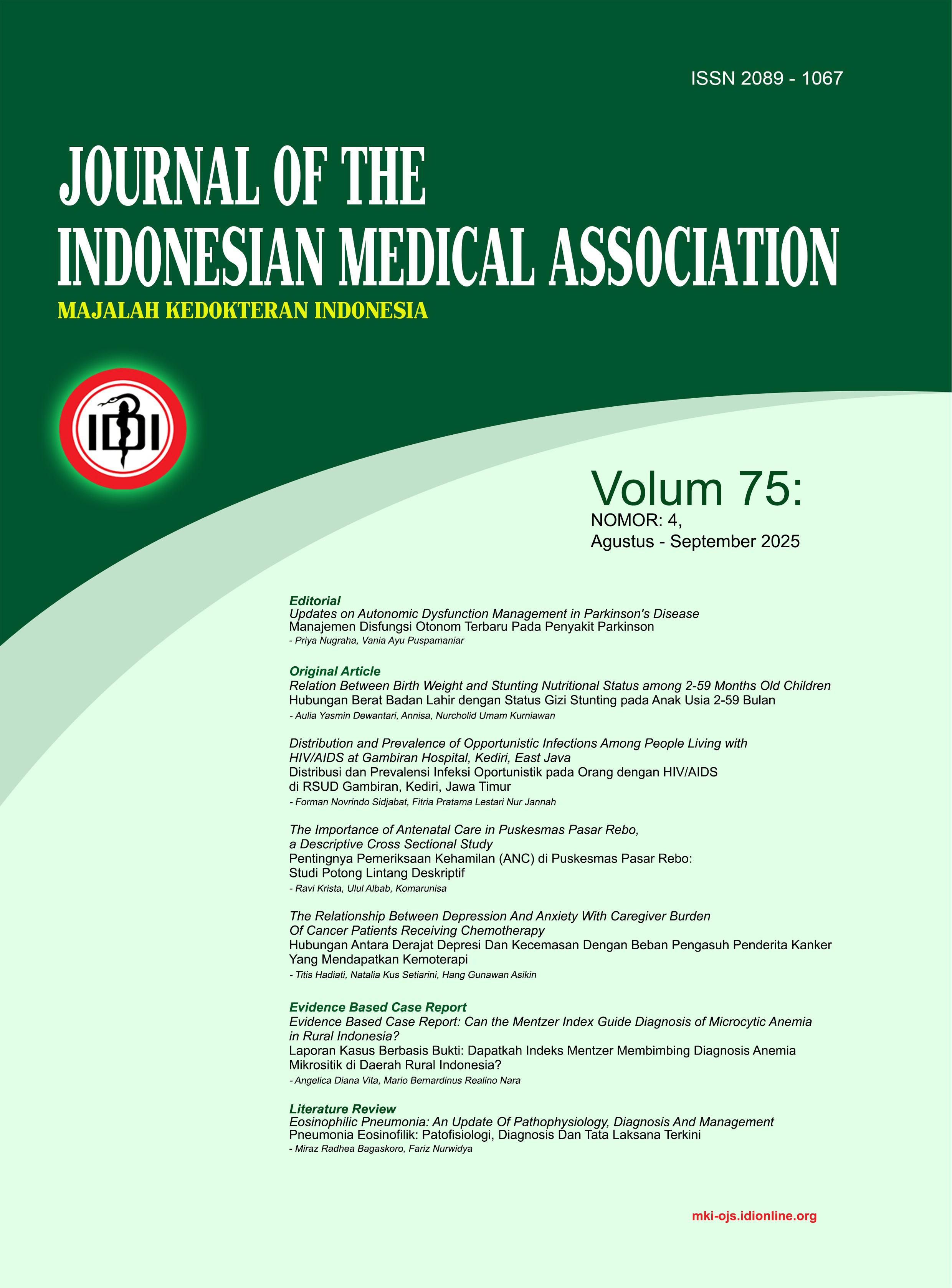Eosinophilic Pneumonia: An Update Of Pathophysiology, Diagnosis And Management
Abstract
Eosinophilic pneumonia is a rare and heterogeneous group of lung diseases, comprising two main subtypes: acute eosinophilic pneumonia (AEP) and chronic eosinophilic pneumonia (CEP). Both are marked by eosinophilic infiltration into lung tissue and alveolar spaces, sharing similar pathophysiology but differing in clinical presentation and etiology. AEP is often linked to recent smoking or relapse in former smokers, while CEP commonly occurs in individuals with a history of atopy, such as asthma or allergic rhinitis. Diagnosis involves imaging and confirmation through bronchoscopy with bronchoalveolar lavage. Corticosteroids are the primary treatment, though relapses may occur, requiring long-term therapy. Biologic agents, particularly monoclonal antibodies, are being explored as alternative therapies. This review aims to summarize current knowledge on the clinical features, pathophysiology, diagnosis, and management of eosinophilic pneumonia.
Downloads
 Viewer: 663 times
Viewer: 663 times
 PDF (Bahasa Indonesia) downloaded: 500 times
PDF (Bahasa Indonesia) downloaded: 500 times











